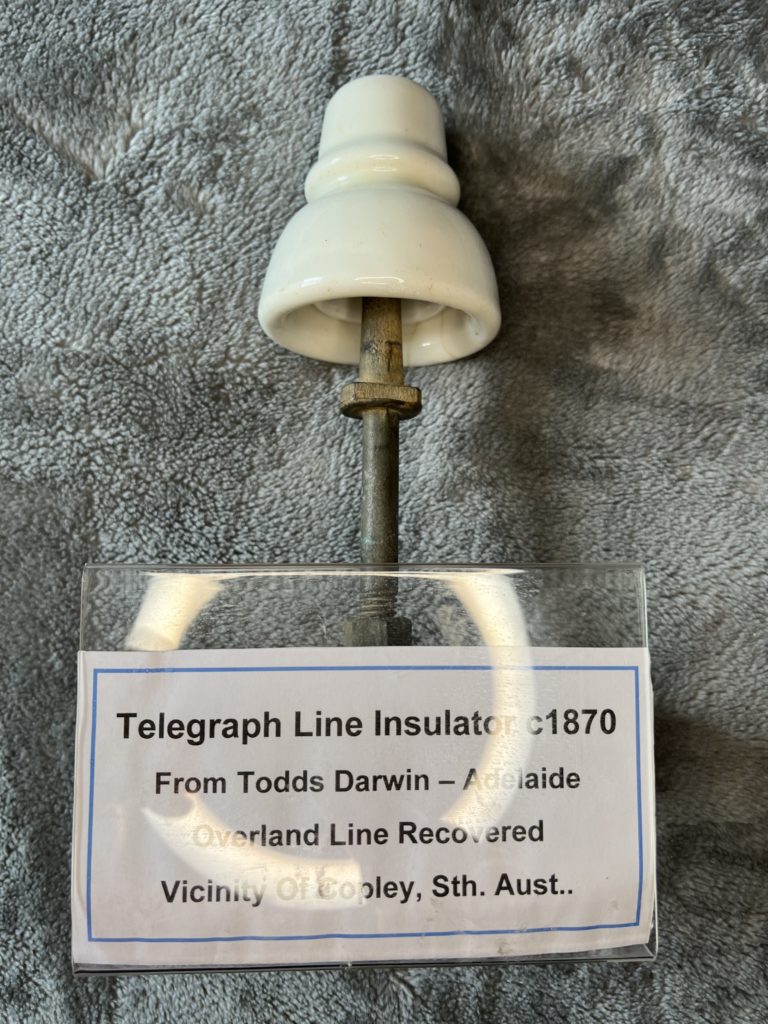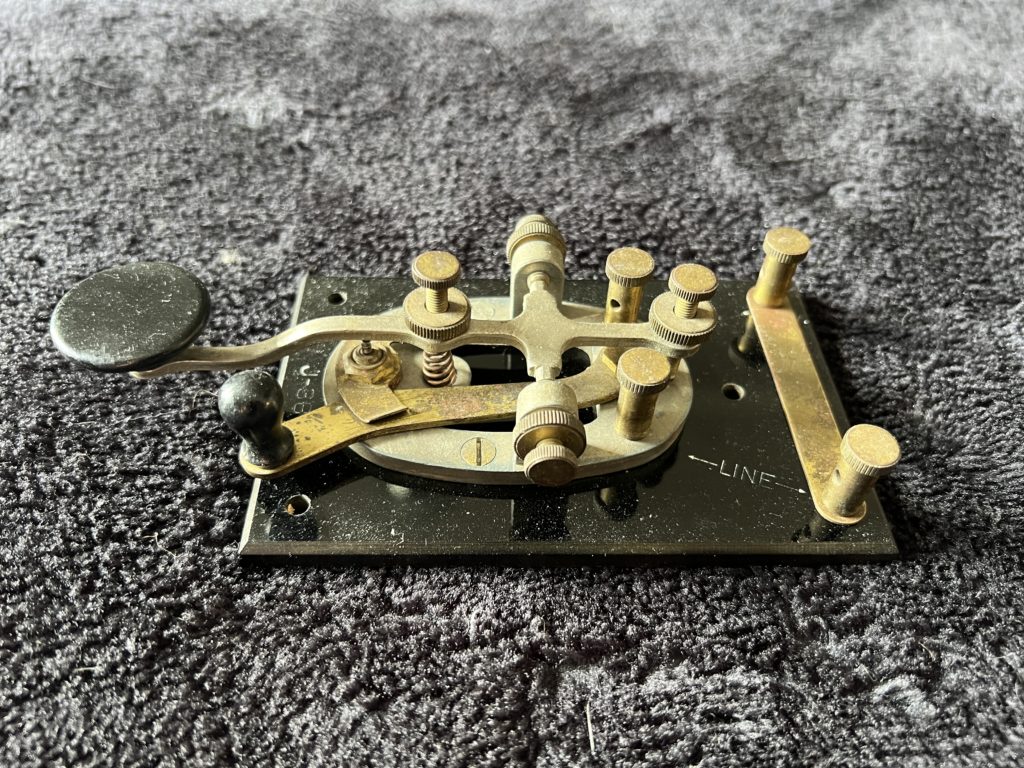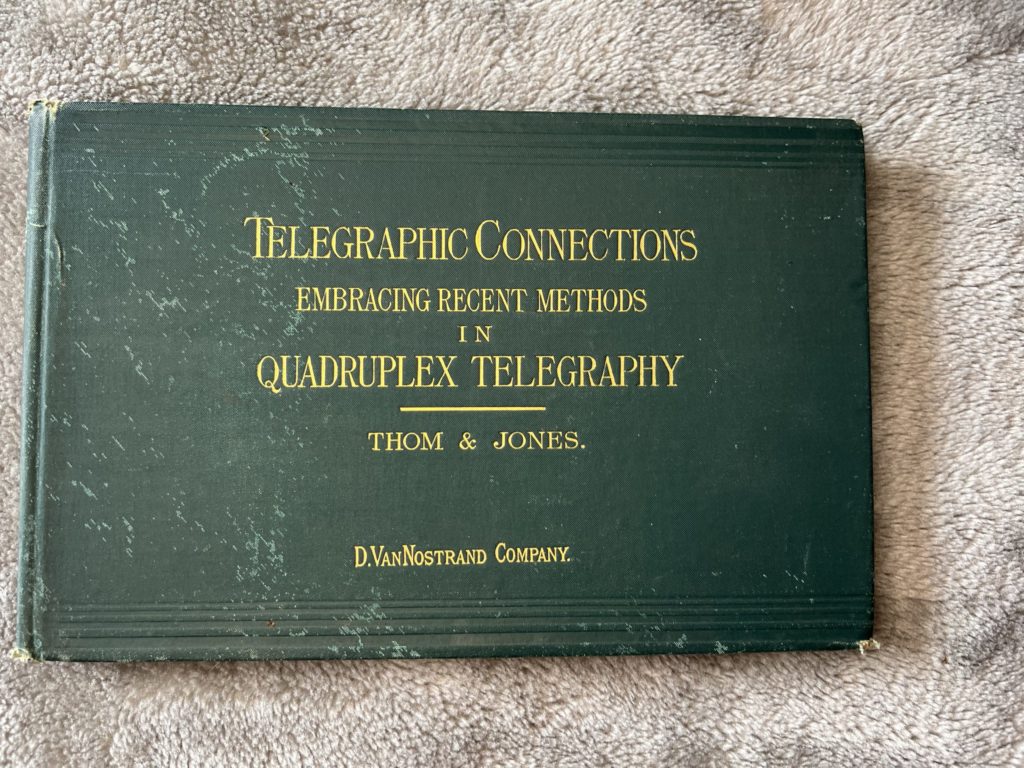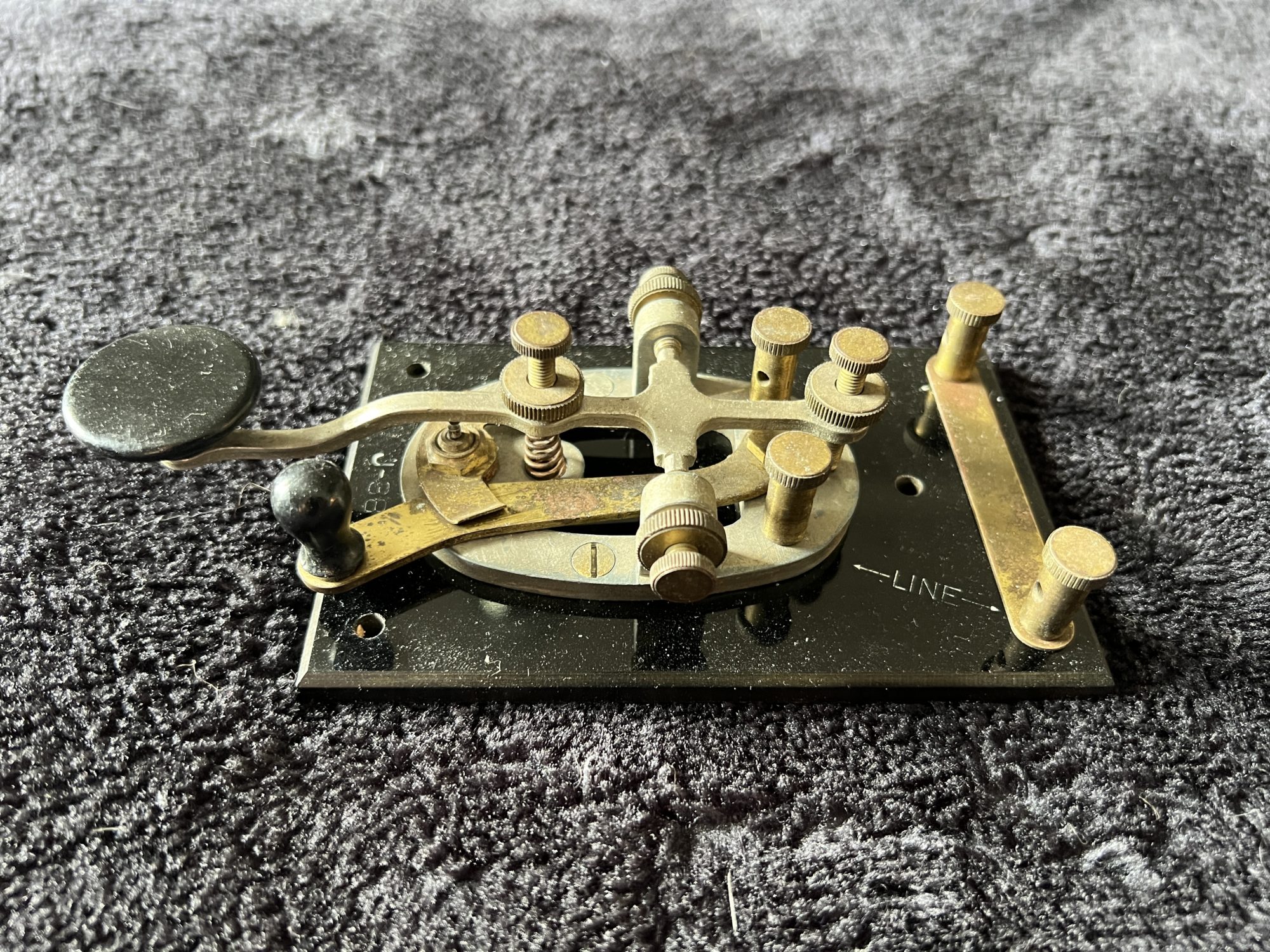This list is not complete.

The Electrical Telegraph Communication System
The telegraph system was an early electrical communication system. Ceramic line insulators were used to keep the wires from shorting out. The first commercial telegraph was invented by Cooke and Wheatstone following their English patent of 10 June 1837. The Morse telegraph system used a single bare wire to send information from one telegraph station to another. The electrical return path was connected to the railroad track. The voltage used by the system was DC and varied from 1.5 Volts to 300 Volts depending on the distance from one station to the next. The line was balanced by inserting a variable coil of wire in parallel with the two wires. At first batteries were used to power the system. These batteries could not be recharged. Later on they used generators and rechargeable batteries.

The information was “sent” down the line by turning the voltage off and on using a Morse Key. The telegraph operator would push the large black flat Morse Key pad down to supply voltage to the coil of wire at the other end of the wires. The length of time the operator held the key down determined if the signal was a dot or dash. A dot was a short quick movement and a dash was held down longer. (twice as long as a dot). The number of dots and dashes would determine the letter. Two dash’s worth of time was placed between letters.

By the late 1890’s it was possible to have four telegraph conversations on a single pair of wires. The book Quadruplex Telegraphy explains how this works. Although this was a major improvement in the telegraph system, the telephone was quickly replacing the telegraph system as the most common communication system. By the mid 1950’s the telegraph system had been almost completely replaced by the radio and the telephone.


